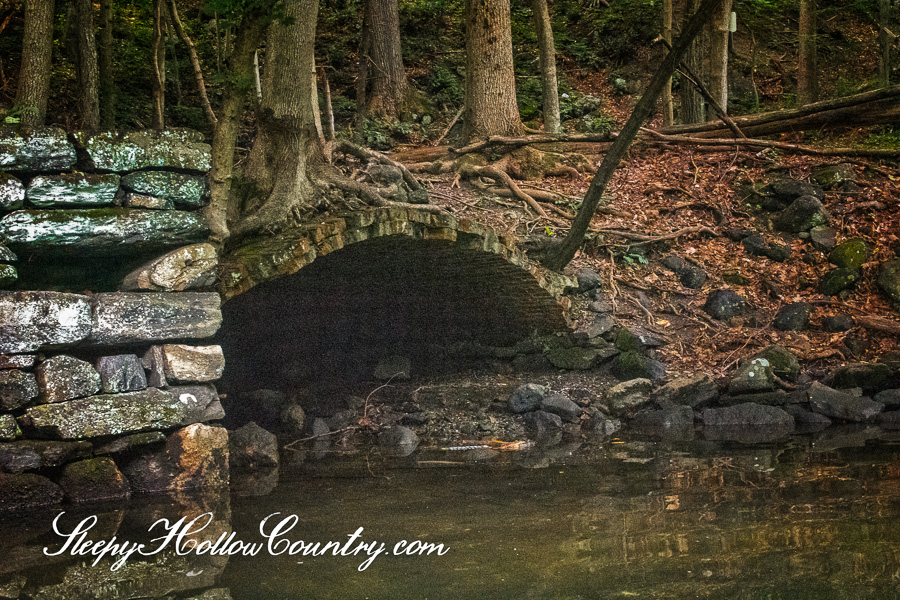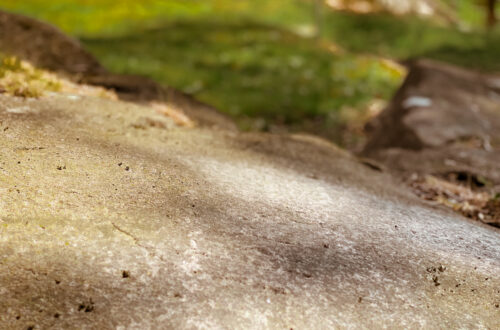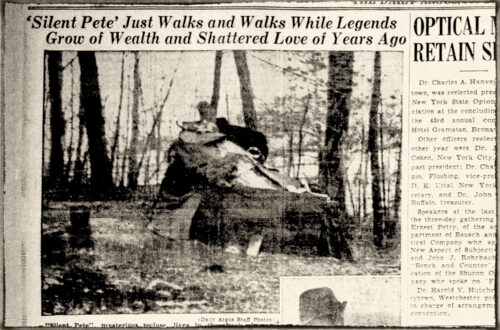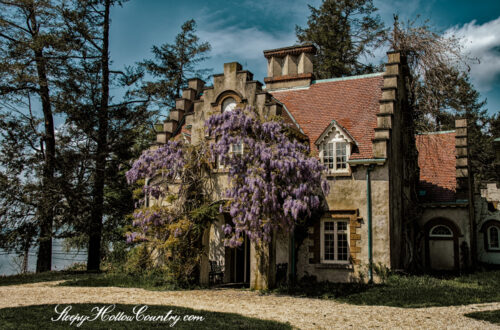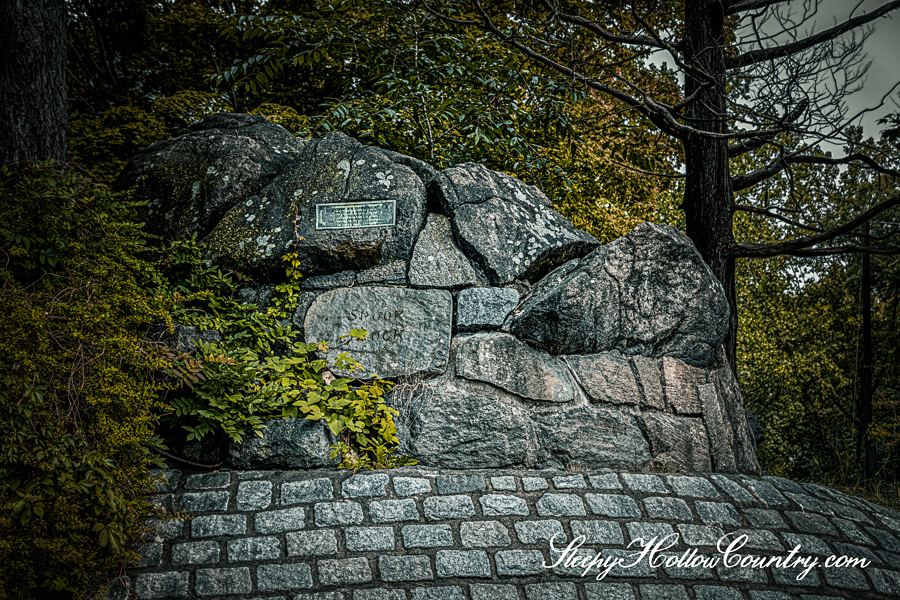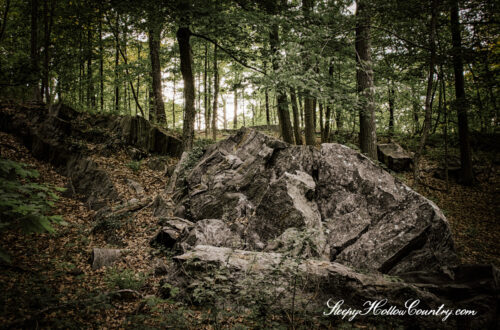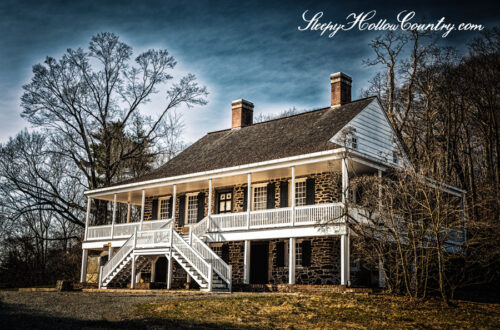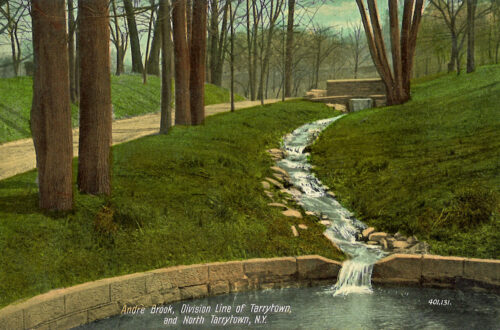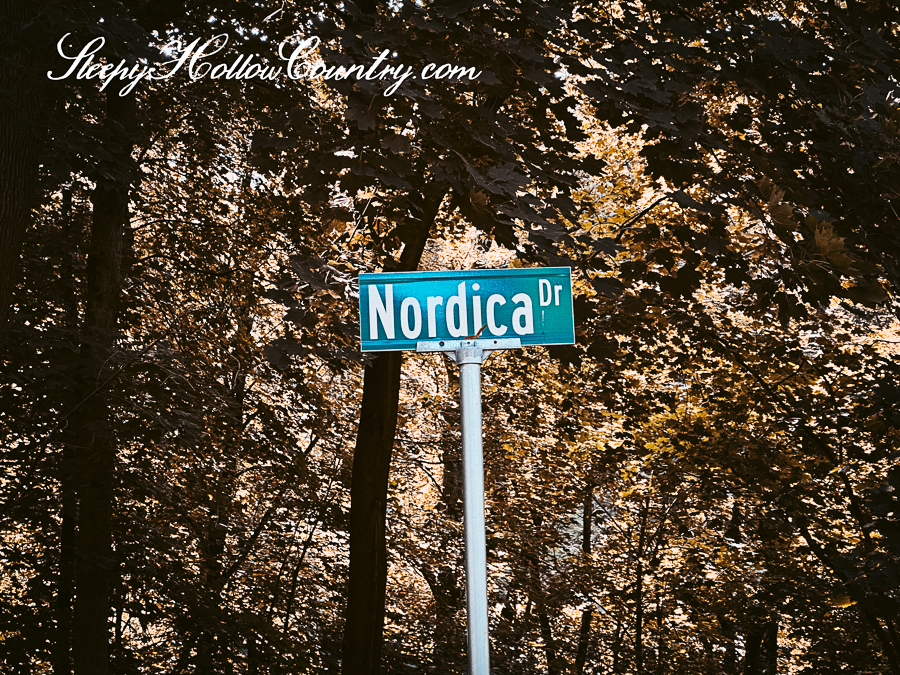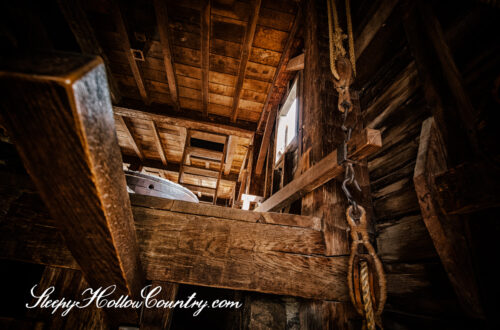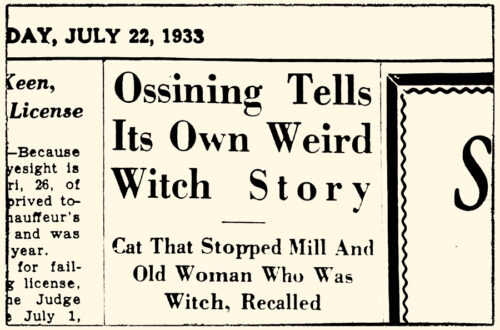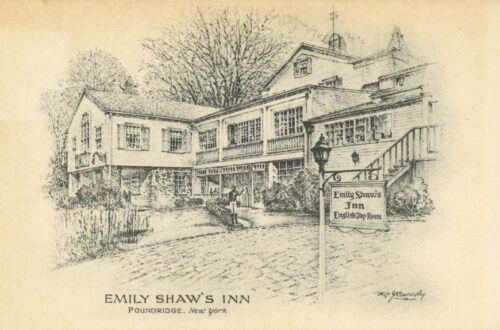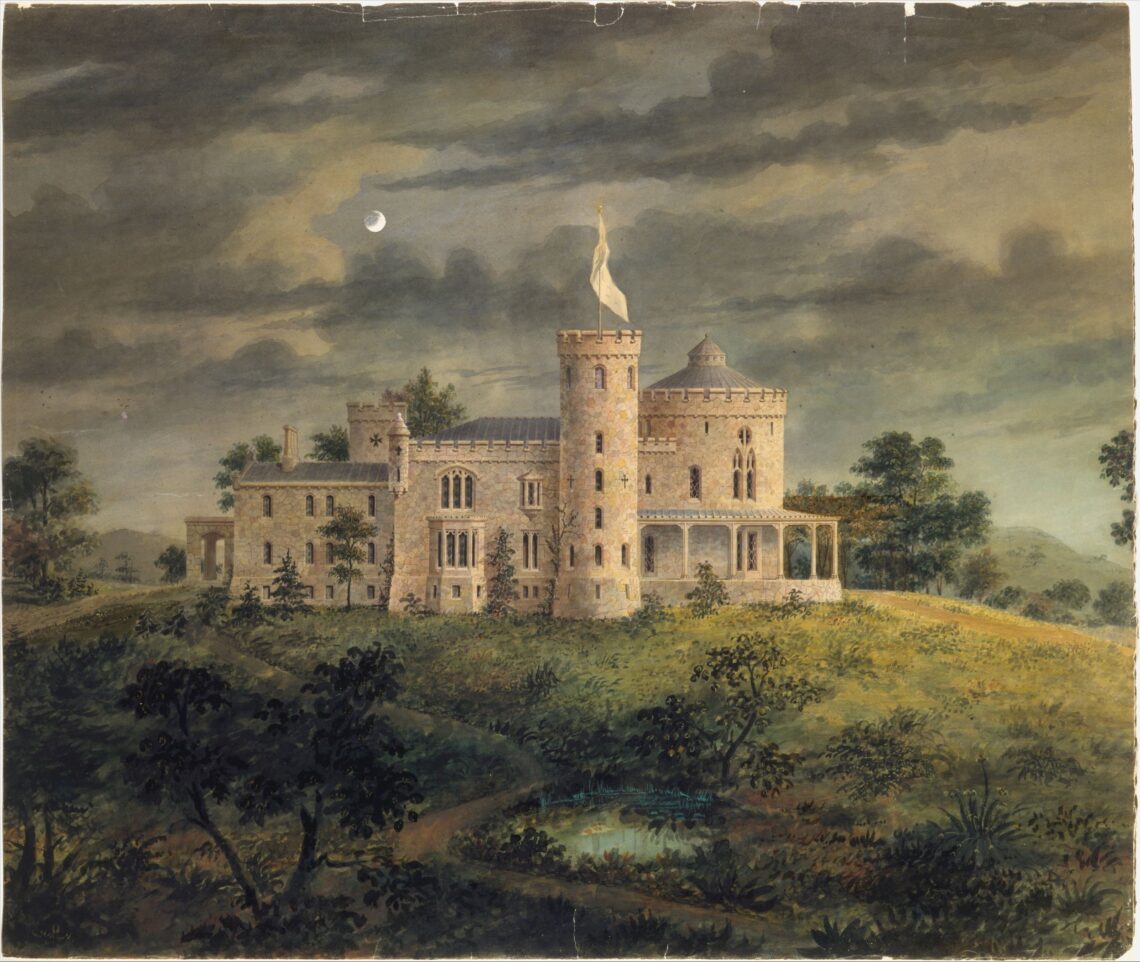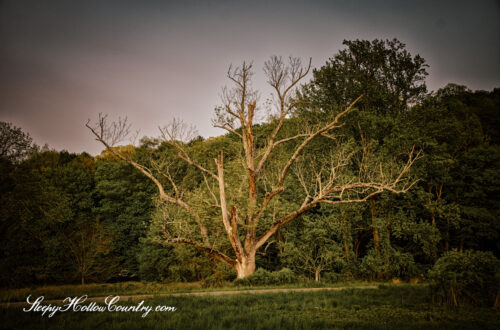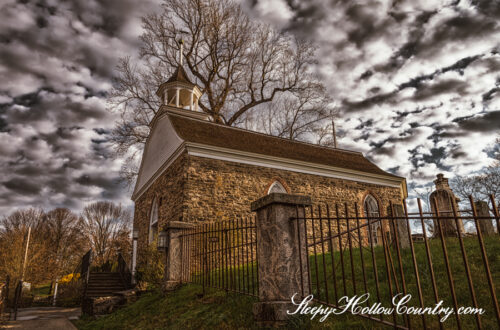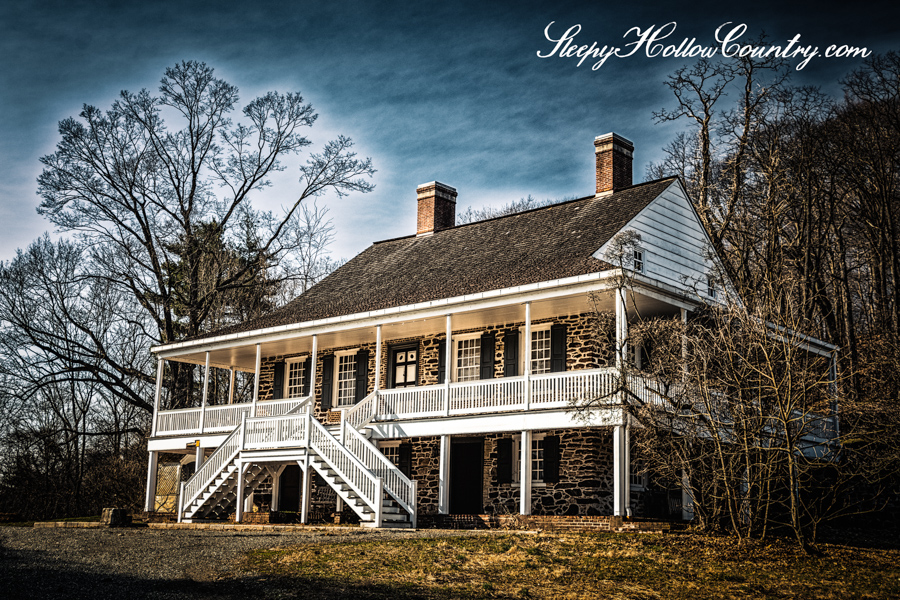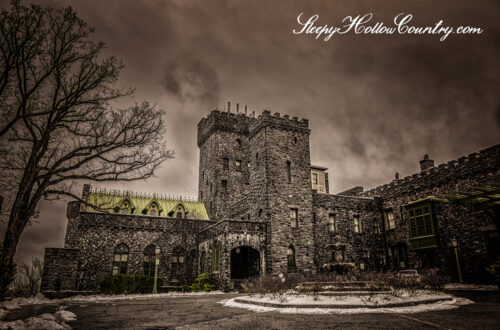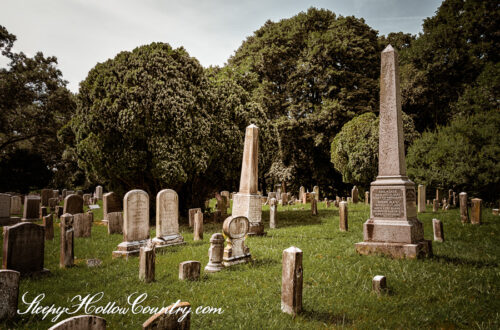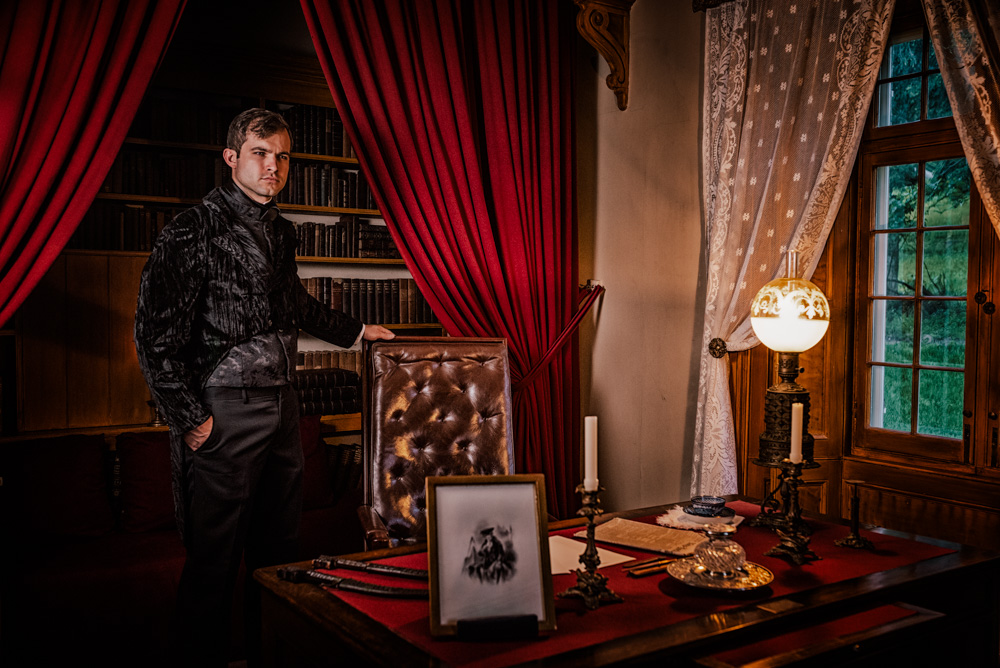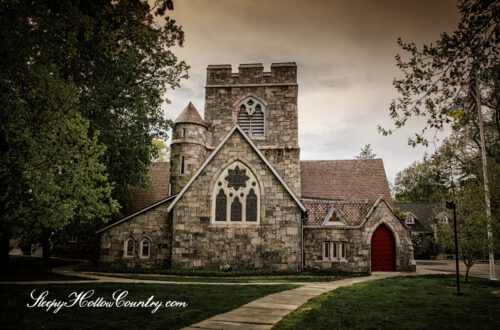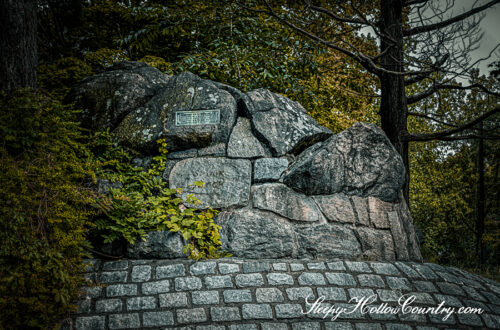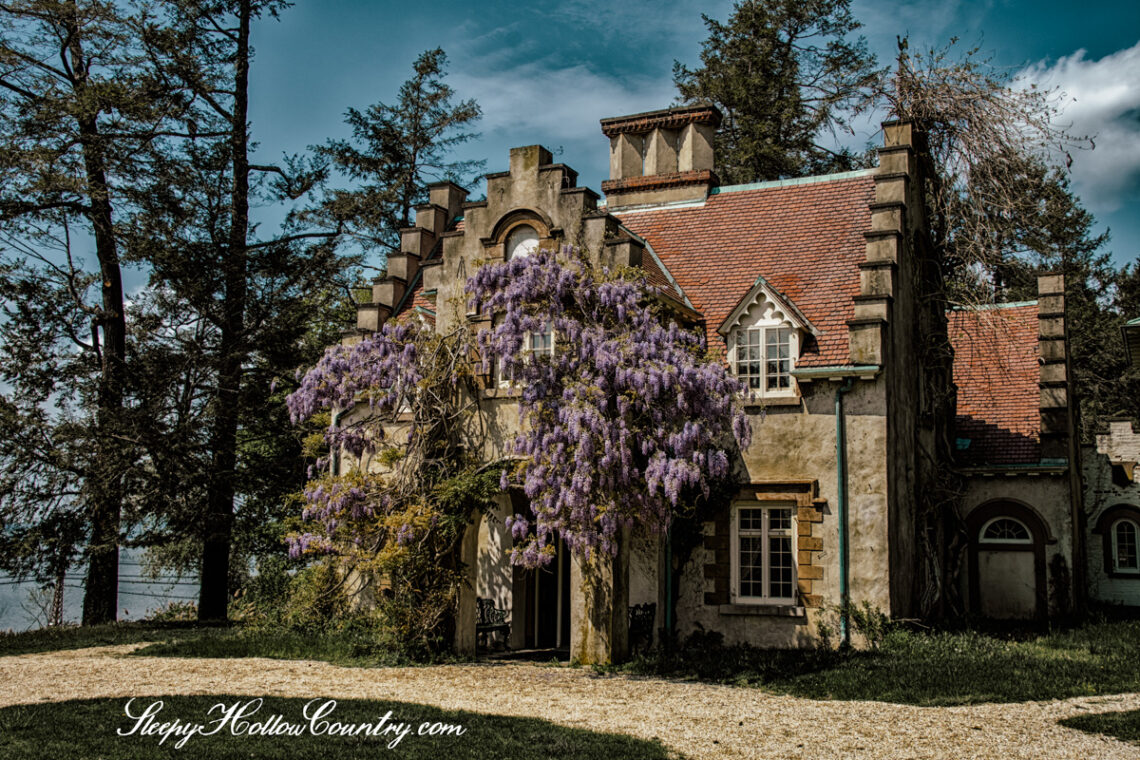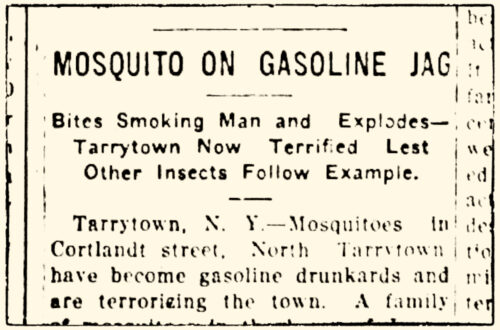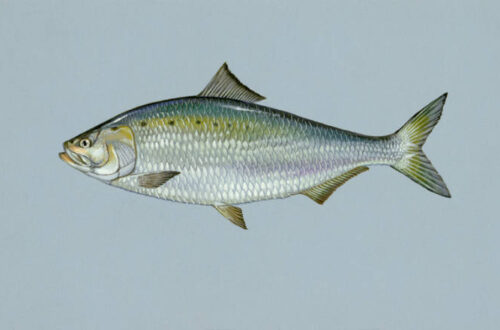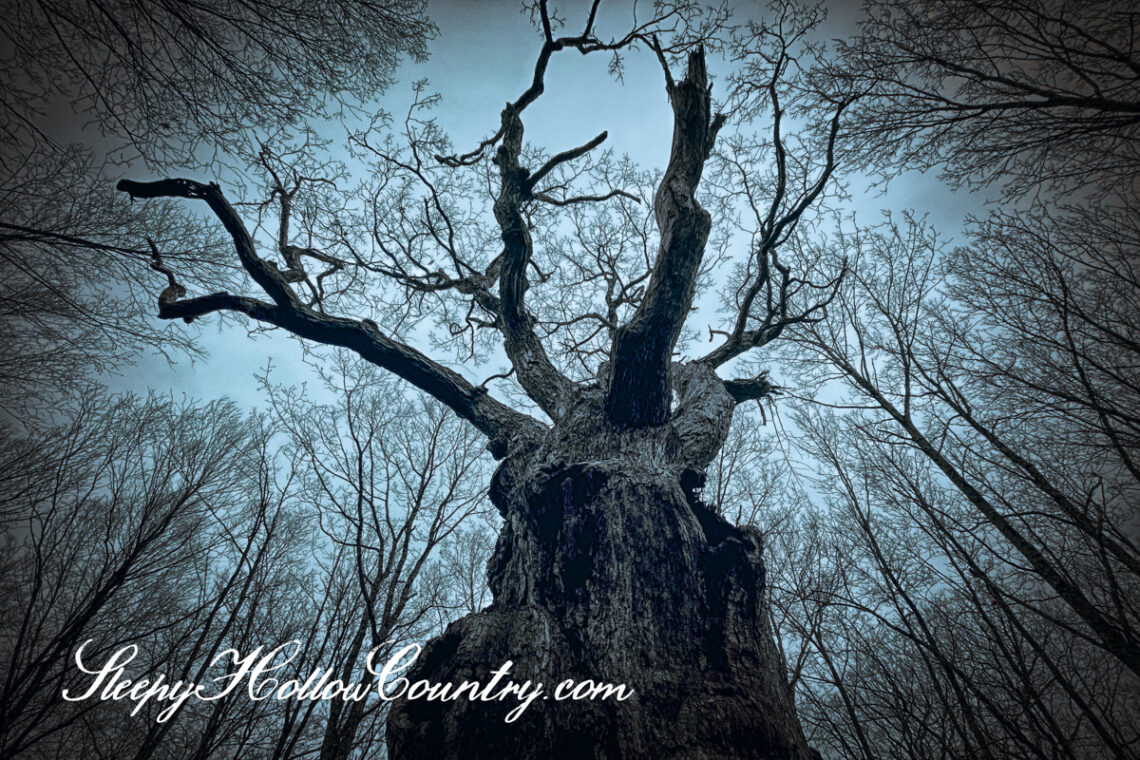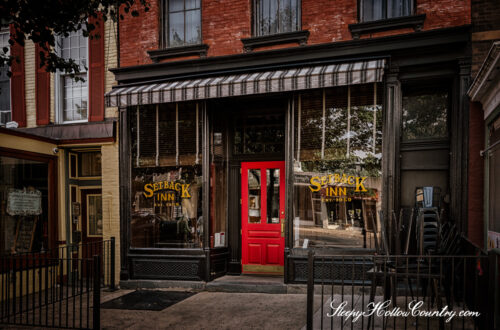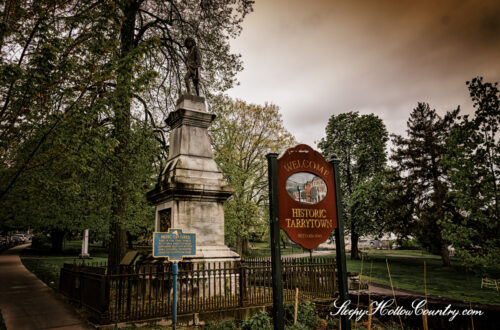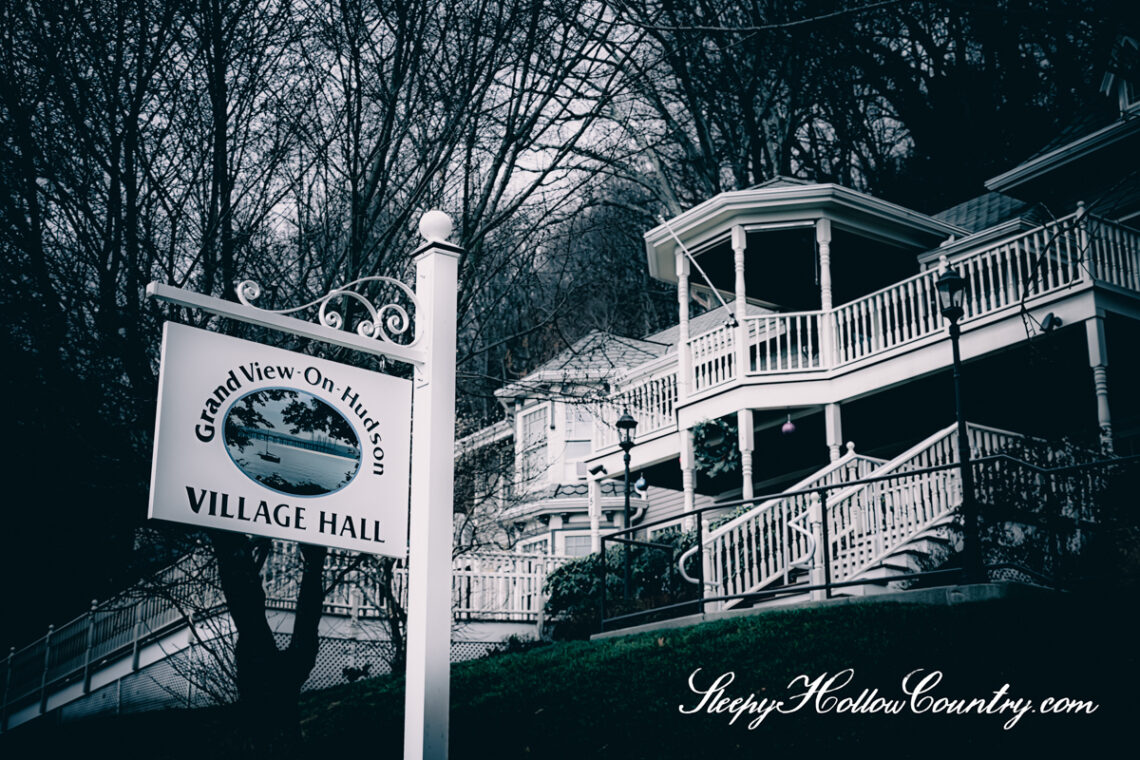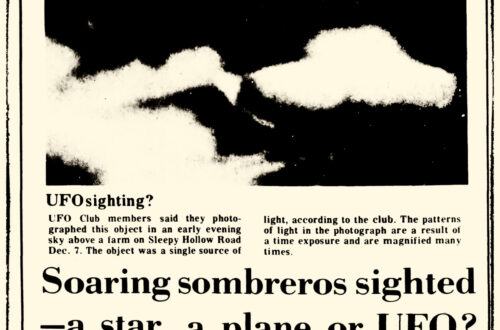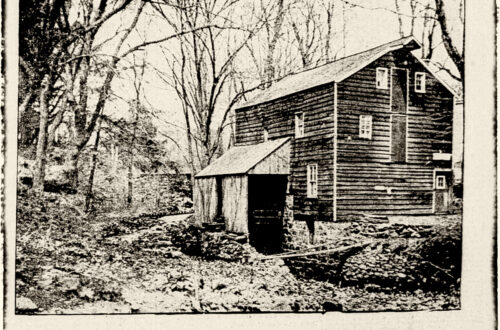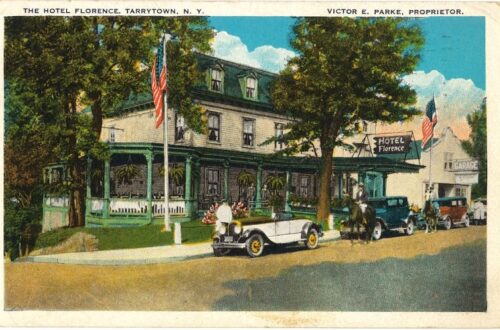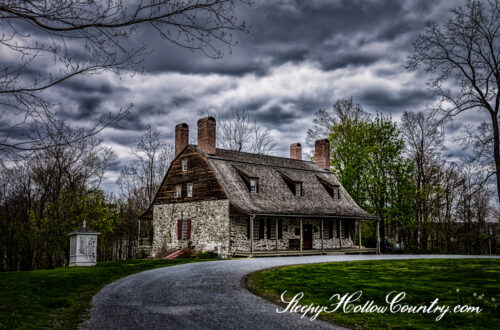-
The Nefarious Black Horse Tavern
“My way led through a lovely country, rich in charming scenery, and affording far-off glimpses of lordly river and frowning mountains. A picturesque point on the road, going north from Sing Sing, is just before the old tavern is reached…Here the thoroughfare takes a sweep of almost half a circle and crosses the stream over a bridge of rustic character. Black Horse Tavern is a two-story wooden structure, sadly the worse for wear…” Rambles in Colonial Byways, by Rufus Rockwell Wilson, 1901. Don’t let this romantic description of the scene deceive you. While the region of Croton is truthfully a beautiful part of Sleepy Hollow Country, the aptly named Black…
-
The Ramapo Spook Rock & Indian Rock
Rockland County is so aptly named for its enormous relationship with the geological. From the cliffs of the Palisades to the South, to the Ramapo Mountains in the west, “…the county appears to have been well named, and it is not surprising that it was not looked on in favor as an agricultural region” as there are just a lot of rocks. But not just any old run-of-the-mill stones, there are two of particular interest in this region, protruding into modern-day from the past to remind us of the many things that were here before and that sometimes history and lore are forever entwined. Spook Rock The terminology of “spook…
-
The Passionate Phantasms of Croton-on-Hudson
The following story is a particular treat for Sleepy Hollow Country. This decades-spanning tale features some incredible facts: a charming adventurer, a renowned opera singer, tragic deaths, no less than four possible ghostly “phantasms”, two separate seances, and a famed ghost hunter; all wrapped up somewhat neatly in a beautiful and unassuming stone mansion located in the quaint community of Croton-on-Hudson. Clifford Burke Harmon Clifford B. Harmon is just the character for a ghost story. Larger-than-life, this entrepreneur, developer, and dashing Edwardian Era wild child deserves a more thorough exploration all to himself. Still, for the sake of brevity, we will hit the best points. Harmon was born in Ohio…
-
Ericstan: The Lost Castle of Tarrytown
Once upon a time, in Sleepy Hollow Country, there were not one, but four impressive stone “castles” in the region. Two of these are still in the landscape today: Carrollcliff and Lyndhurst. The remaining two are no longer standing and lost to time. One had featured prominently, overlooking the village of Tarrytown, with towers and wisteria-covered walls that commanded one of the best views of the Hudson River. This lost castle was Ericstan. Architect Alexander Jackson Davis was busy designing and building residences in the Sleepy Hollow region in the early 19th century. He was an artistic acquaintance of George Harvey, the artist who designed Sunnyside for Washington Irving, and…
-
Van Cortlandt Manor
Just above the Philipsburg Manor’s northern boundary, at the junction of the Croton and Hudson Rivers, is another local representation of the early Dutch colonial period: Van Cortlandt Manor. The Van Cortlandt family established this massive 86,000-acre estate that was bounded to the west by the Hudson River, to the east by the borders of Connecticut, and stretching to the north 10 miles. Today, it is a National Historic Landmark with various architecturally significant buildings and landscapes. First Lord of Van Cortlandt Manor Stephanus Van Cortlandt was well-known historically as the first American-born, Dutch Mayor of New York City in the 17th century. His youngest sister’s second husband was Frederick…
-
The Man, The Myth, The Legend: Washington Irving. Part 2: A Traveling Literary Lawyer
“To me the Hudson is full of storied associations, connected as it is with some of the happiest portions of my life. Each striking feature brings to mind some early adventure or enjoyment; some favorite companion who shared it with me; some fair object, perchance, of youthful admiration, who, like a star, may have beamed her allotted time and passed away.” Washington Irving, The Life and Letters of Washington Irving, by his nephew Pierre Irving, 1869. At the age of fifteen and the end of his education, young Washington Irving did not follow an academic path to Columbia College like some of his brothers. Education was a “drudgery” to Irving,…
-
Sunnyside: Mr. Irving Builds his Dream House
“I am more and more in the notion of having that little cottage below Oscar’s house, and wish you to tell him to endeavor to get it for me. I am willing to pay a little unreasonably for it, and should like to have it in time to make any alterations that may be advisable, as early as possible in the spring.” The Life and Letters of Washington Irving, Vol. 3, pg. 30. Dutch immigrant Wolfert Acker lived in a modest farmhouse that was part of the many tenant properties on the Philipse Manor. It was situated on the Hudson River in a small hollow in the land on a…
-
Tragedy at the Boutonville Oak
Let’s hike in the woods of the Ward Pound Ridge Reservation to the Boutonville Oak. We can thread along roads and trails, traverse hollows, and make our way along densely wooded hillsides. It is a nature preserve of nearly 4,400 acres and one of Sleepy Hollow Country’s largest parks. It has a deep and storied history and the many points of interest can lead from one legend to the next. History of the Boutonville Oak Embedded on the far eastern border though, towers an ancient and gnarled oak tree. Known locally as the Boutonville Oak, for its proximity to the hamlet of Boutonville, this sentinel in the landscape took root…
-
The Ghost of Grand View
“It was not long after that when towels were mysteriously removed from the bathroom and left in fantastic shapes in various parts of the house. Whenever all the occupants left the house, things were sure to be turned topsyturvy. Clocks stopped, trunks were unlocked, furniture displaced, but there was never any evidence that these things had been done for the purpose of plunder.” The New York Herald, August 27th, 1908. The Ghost of Grand View Arrives Something strange was happening in the Blauvelt house in the summer of 1908. It began when Mrs. Blauvelt came home to find what appeared to her to be an elderly man sitting on her…
-
The Man, The Myth, The Legend: Washington Irving. Part 1: A Venturesome Urchin!
The year was 1783. The day was April 3rd. The place was 131 William Street, Manhattan, New York. It was a surreal week for those residing in old Gotham. After eight arduous years of occupation in the city, the British had called a ceasefire, effectively ending the American Revolution. We were no longer the colonies, but the United States. A new republic! There was a collective sigh of relief from the former colonists. William Irving, Sr. was a Scottish merchant and former petty officer of the British Navy, and his Cornish wife, Sarah Sanders were two of those who were consoled by the end of the hostilities. Right after their…
